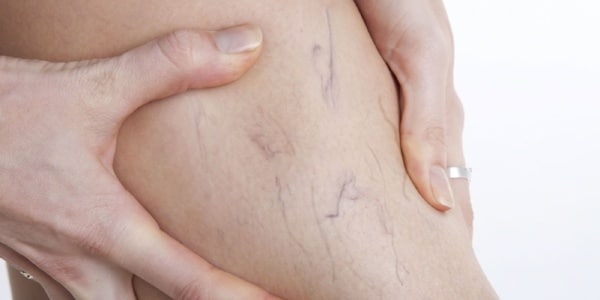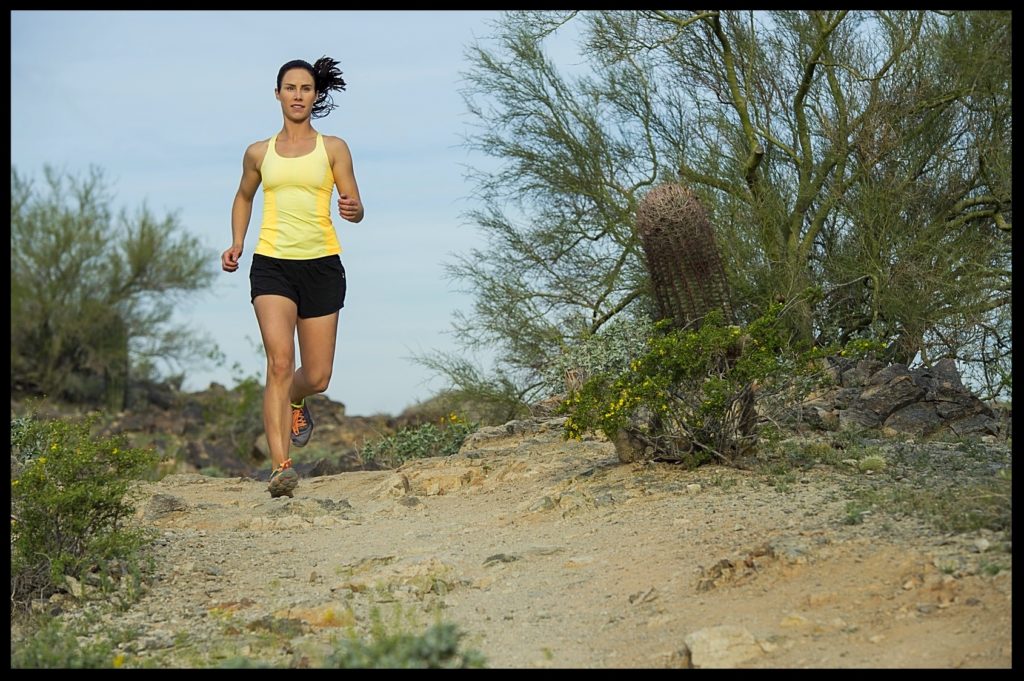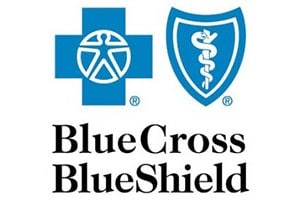
8 Common Myths About Spider Veins
There are a lot of myths and misconceptions when it comes to spider veins. So we asked Jilanne Rose, DPN, ANP-C, a top Metro Phoenix Vein Specialist, to dispel some of the more frequent misconceptions surrounding the cause, risk factors, and treatment of this common vein condition.
Myth #1: Spider Veins are Only Cosmetic
Many people believe that spider veins are unsightly but do not require treatment. Often times, there is underlying venous disease that is a much greater issue.
Myth #2: Spider Veins are Just Part of Getting Older
Although age is one of the risk factors of varicose and spider veins, it’s not the only one and is definitely not the most frequent one. The primary cause of any vein disease is hereditary. In other words, ladies and gentleman, if your mom or grandmother had varicose or spider veins, you are more likely to have them and your age is no longer relevant. In fact, vein disease can start to develop as early as your 20s, and if left untreated, varicose and spider veins will be a natural consequence. Other risk factors include female gender, pregnancy, sedentary lifestyle, being overweight, and having a history of prior leg trauma.
Myth #3: Spider Veins are Strictly a Problem for Women
Incorrect! Spider veins can happen to anyone. It is estimated that as many as 45% of all men will develop some form of venous disease by the time they reach their 60s. The number one cause of varicose veins in both men and women is family history. Lifestyle factors play a significant role as well. If your occupation requires you to stand for long periods, such as medical professionals, factory workers, first responders, sales or restaurant staff, you are more likely to get varicose veins. If you travel and spend long hours flying or driving, or if you sit at a desk for several hours at a time, you are at high risk as well.
Myth #4: Running or Standing Can Cause Spider Veins
Again, this is incorrect. In fact, running, walking or exercise is good for your veins and helps increase circulation. Prolonged standing and sitting in one position does aggravate venous disease and you will notice it more.
Myth #5: Only Overweight People get Spider Veins
Although weight may be a risk factor, a 2015 research article published in Phlebology could not directly link obesity with vein disease, so we can’t really bust that myth. Maintaining a healthy weight and lifestyle can help ease symptoms.
Myth #6: Surgery is the Only Option to Treat Spider Veins
Treatments for venous disease have taken huge leaps forward. Today, there is a range of minimally invasive, maximally effective procedures that can have you back on your feet with a much improved quality of life in very little time. Many of these procedures can be performed in a clinic, on an out-patient basis, with local anesthetic. More often than not, spider veins are treated with non-invasive or minimally invasive techniques that are nearly pain-free.
Myth #7: Vein Treatment is Painful
There was a time when leg vein surgery only referred to procedures such as vein stripping and ligations, painful procedures, likely involving general anesthetic, and definitely involving long and difficult recovery times. There are several modern procedures for varicose veins, spider veins, venous insufficiency and other vascular disease, which, cause minimal pain (if any) and have very fast recovery times. Watch this video from Jilanne Rose to learn more about what you can expect in terms of pain and recovery time .
Myth #8: Vein Treatment is Expensive and Not Covered by Insurance
Many people mistakenly believe that varicose and spider veins are only a cosmetic issue. In reality, the majority of our patients, typically have complaints that indicate an underlying venous condition such as leg pain and/or swelling, restless legs or numbing, tired legs, and leg ulcers. These are real medical problems that significantly impair activities of daily living.
After a full vein exam and ultrasound, patients find that commercial insurance carriers almost always cover vein treatment. Medicare and Medicaid will also cover vein treatment.
Additionally, the latest techniques in Sclerotherapy and Thermal Ablation, are minimally invasive and the costs are considerably lower than what you previously had to pay for a surgery.
It is best to get a complete vein exam and consultation from a qualified vein specialist in order to fully understand your specific circumstances. If you would like to find out if you are at risk of venous insufficiency in the Scottsdale, Phoenix, Mesa or Tempe area, click on the link below to book an appointment.
Advanced Vein Institute of Arizona is proud that our offices are staffed with only board-certified providers. To help them determine whether you might benefit from a minimally invasive vein treatment, please answer these questions:
Read MoreVein Treatment It is easy to forget about unsightly veins in the winter time when leggings and sweats are worn almost 24/7. In addition, the cooler weather helps to mitigate symptoms such as fatigue, heaviness, cramping, and swelling; all indications of underlying venous insufficiency. With spring right around the corner, now is the time to…
Read MoreAs you navigate your way through the barrage of holiday parties this season, it may be difficult to decide on certain indulgences. The general recommendation here at Advanced Vein Institute of Arizona is everything in moderation. However, there is one thing on a lot of holiday tables that can benefit your vascular health…cranberries! Due to…
Read MoreYou have put in all the hours of training in the water, time in the saddle and on the road; read and studied nutrition, hydration, and injury prevention. IRONMAN Arizona is less than 6 weeks away, and yet something might not be completely dialed in. You are stronger and more fit than you have ever…
Read MoreBinge watching your favorite series or games this week? . . . Avoid painful legs! Are you in to Game of Thrones or the Handmaid’s Tale? Maybe you are an avid NFL or MLB fan and can’t wait for a day to lounge around and catch up on the series, or binge all the games…
Read MoreDancing with Varicose Veins Has leg pain kept you in your seat and off the dance floor these days? You may have eliminated dancing because of symptoms associated with vein disease. Vein disorders are not always visible to the naked eye. Varicose veins or venous disease can cause aching legs, painful or restless legs, as…
Read MorePeripheral Vascular Disease: Not Always Just An Artery Issue When the term peripheral vascular disease (PVD) comes up; it is a common misconception that this refers to just arterial disease. PVD refers to both the arterial and venous circulation. Arteries in the legs carry blood from the heart to the toes (periphery), and veins carry…
Read MoreVARICOSE VEINS, VENOUS INSUFFICIENCY AND LEG ULCER TREATMENTS Insurance coverage is always dependent upon benefit eligibility, as outlined in your specific benefit plan. Some employers have chosen not to cover varicose vein treatment specifically, so be sure and check with your human resources department or call the toll-free number on the back of your insurance…
Read MoreTimes have changed – There are alteratives to painful vein removal surgery Gone are the days when your only remedy for varicose veins was vein removal or vein stripping. Our in-office procedures are the gold-standard. If you are scheduled for a procedure and would like to know what other options are available, call today for…
Read More






